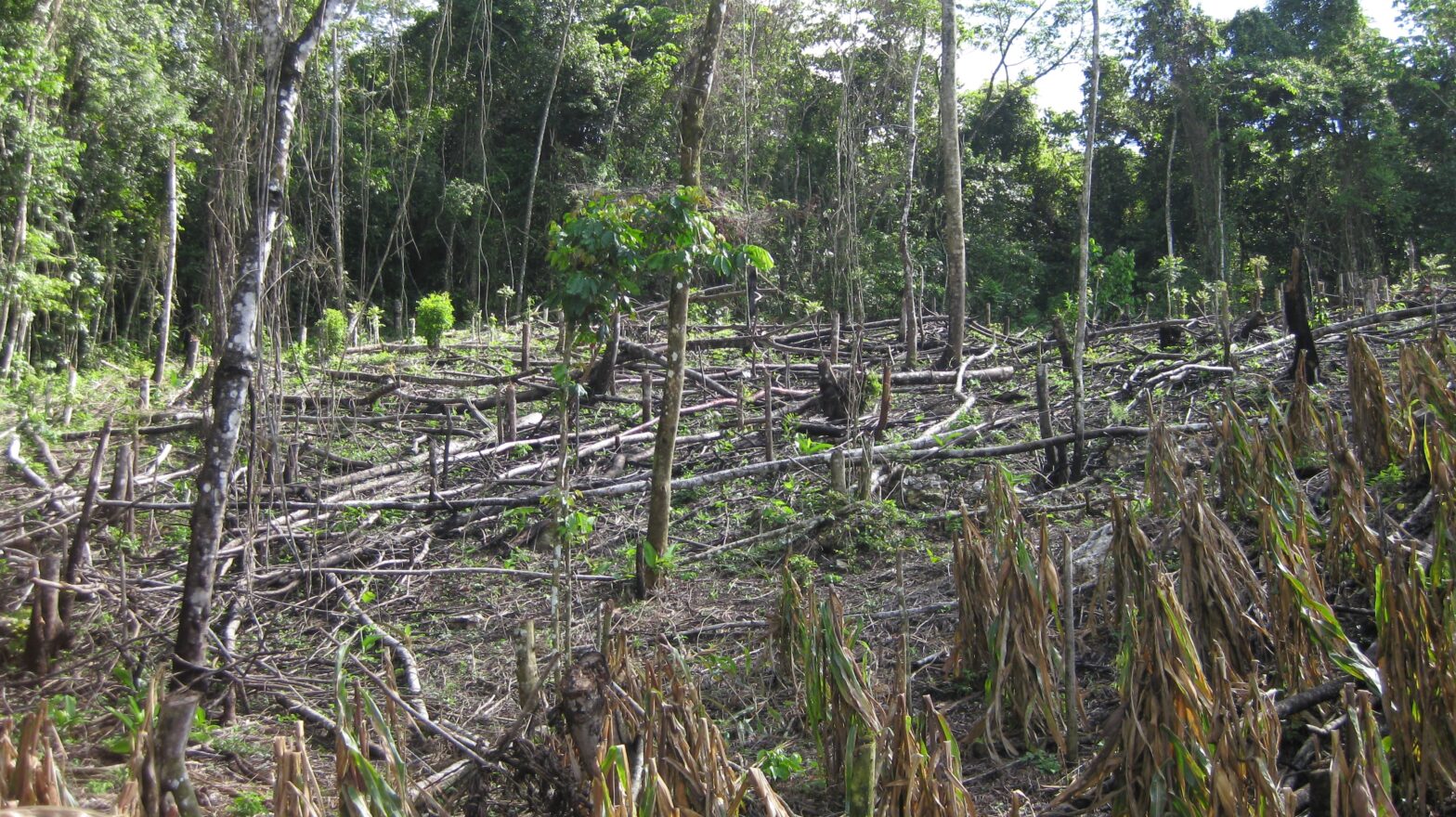Carbon Market Links Between California and Mexico – La Sierra Cojolita Model REDD Project in Chiapas
Organization: EcoLogic Development Fund
Country: Mexico
Other Organizations Involved:
Na'Bolom, Reforestamos Mexico

Background
Forest loss and degradation are major contributors to global climate change, constituting the second largest source of anthropogenic CO2 emissions after fossil fuel combustion.
Within the Sierra Cojolita Community Reserve in Chiapas, Mexico, there is great interest amongst communities to protect forests and improve livelihoods via integration into emerging carbon markets; however, a lack of technical capacity, collaboration, and financing holds them back.
Goals
- Develop reliable carbon credits to the world's most rigorous forest carbon standard, the Verified Carbon Standard (VCS);
- Reduce land use change by 15–30% by intensifying agricultural production and marking clear boundaries for reserve and embedded protected areas;
- Strengthen local organizations and the engagement of local communities regarding land use practices and carbon credit exchange; and
- Develop REDD learning networks for indigenous communities and local NGOs.
Main activities
To address the drivers of deforestation in the project area, the project team will work to establish clear property boundaries, provide training in intensified grazing with leguminous crops, and build local farmers’ capacity to maintain traditional, low-impact activities and implement new sustainable forms of agriculture.
All training will be conducted via a combination of workshops, in situ demonstration work, and accompaniment. The target audience of Mayan communities as well as other local stakeholders will collaborate with EcoLogic personnel, partners, and additional facilitators to apply learning and share it with neighbors and peers. The project team will provide additional accompaniment and will monitor the implementation.
Results
- Application of intensive farming and grazing practices/techniques and clearly marked reserve boundaries result in reduced deforestation within the project area, and thus reduced CO2 emissions;
- Reliable carbon credits are generated, with active community leadership and involvement, after project achieves VCS verification every five years;
- Local communities and NGOs have the capacity, skills, and knowledge to manage a REDD project.